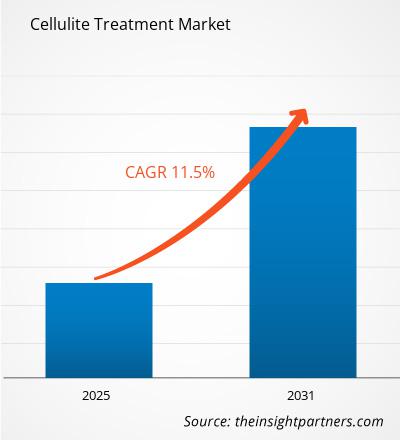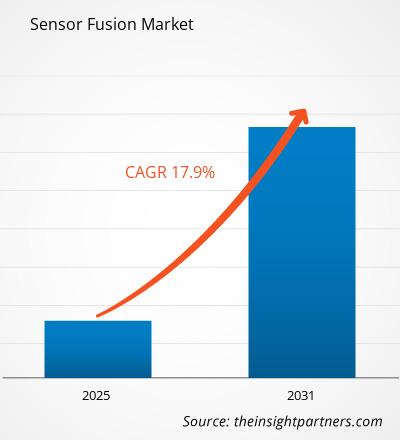Peptide Synthesis Market Growth Drivers and Opportunities
The Peptide Synthesis Market is growing due to increased adoption in pharmaceuticals, biotechnology, and diagnostics. Rising investments in peptide-based therapeutics and vaccines are expanding market opportunities. High specificity, lower toxicity, and favorable safety profiles make peptides an attractive option for drug development. Peptide Synthesis market growth
offers insights into the factors accelerating market expansion and potential areas for strategic investment.
Get Full Reports:https://www.marketresearchfuture.com/reports/peptide-synthesis-market-32520
Key players are adopting novel strategies, including outsourcing synthesis to contract manufacturing organizations and integrating AI to optimize peptide design. The growing focus on personalized medicine and targeted therapies is further boosting demand. Europe and North America maintain a stronghold, while Asia-Pacific and Latin America are witnessing rapid adoption, driven by increasing healthcare infrastructure and research initiatives. This dynamic landscape is likely to drive sustained growth in the Peptide Synthesis Market over the coming years.
The Peptide Synthesis Market is projected to grow steadily, supported by increasing healthcare expenditure, rising demand for peptide-based therapeutics, and innovative synthesis technologies. Solid-phase and recombinant synthesis methods are widely adopted for high efficiency and product purity. Peptide Synthesis Market Economic Outlook
provides insights into the financial and investment trends shaping the market globally.
FAQ
Q1: Why are peptides preferred in drug development?
A1: Peptides offer high specificity, reduced toxicity, and efficacy in targeted therapies, making them favorable over conventional drugs.
Q2: What are the opportunities in emerging markets?
A2: Opportunities include collaborations with research institutions, low-cost manufacturing, and expansion into diagnostic applications.
The Peptide Synthesis Market is growing due to increased adoption in pharmaceuticals, biotechnology, and diagnostics. Rising investments in peptide-based therapeutics and vaccines are expanding market opportunities. High specificity, lower toxicity, and favorable safety profiles make peptides an attractive option for drug development. Peptide Synthesis market growth
offers insights into the factors accelerating market expansion and potential areas for strategic investment.
Get Full Reports:https://www.marketresearchfuture.com/reports/peptide-synthesis-market-32520
Key players are adopting novel strategies, including outsourcing synthesis to contract manufacturing organizations and integrating AI to optimize peptide design. The growing focus on personalized medicine and targeted therapies is further boosting demand. Europe and North America maintain a stronghold, while Asia-Pacific and Latin America are witnessing rapid adoption, driven by increasing healthcare infrastructure and research initiatives. This dynamic landscape is likely to drive sustained growth in the Peptide Synthesis Market over the coming years.
The Peptide Synthesis Market is projected to grow steadily, supported by increasing healthcare expenditure, rising demand for peptide-based therapeutics, and innovative synthesis technologies. Solid-phase and recombinant synthesis methods are widely adopted for high efficiency and product purity. Peptide Synthesis Market Economic Outlook
provides insights into the financial and investment trends shaping the market globally.
FAQ
Q1: Why are peptides preferred in drug development?
A1: Peptides offer high specificity, reduced toxicity, and efficacy in targeted therapies, making them favorable over conventional drugs.
Q2: What are the opportunities in emerging markets?
A2: Opportunities include collaborations with research institutions, low-cost manufacturing, and expansion into diagnostic applications.
Peptide Synthesis Market Growth Drivers and Opportunities
The Peptide Synthesis Market is growing due to increased adoption in pharmaceuticals, biotechnology, and diagnostics. Rising investments in peptide-based therapeutics and vaccines are expanding market opportunities. High specificity, lower toxicity, and favorable safety profiles make peptides an attractive option for drug development. Peptide Synthesis market growth
offers insights into the factors accelerating market expansion and potential areas for strategic investment.
Get Full Reports:https://www.marketresearchfuture.com/reports/peptide-synthesis-market-32520
Key players are adopting novel strategies, including outsourcing synthesis to contract manufacturing organizations and integrating AI to optimize peptide design. The growing focus on personalized medicine and targeted therapies is further boosting demand. Europe and North America maintain a stronghold, while Asia-Pacific and Latin America are witnessing rapid adoption, driven by increasing healthcare infrastructure and research initiatives. This dynamic landscape is likely to drive sustained growth in the Peptide Synthesis Market over the coming years.
The Peptide Synthesis Market is projected to grow steadily, supported by increasing healthcare expenditure, rising demand for peptide-based therapeutics, and innovative synthesis technologies. Solid-phase and recombinant synthesis methods are widely adopted for high efficiency and product purity. Peptide Synthesis Market Economic Outlook
provides insights into the financial and investment trends shaping the market globally.
FAQ
Q1: Why are peptides preferred in drug development?
A1: Peptides offer high specificity, reduced toxicity, and efficacy in targeted therapies, making them favorable over conventional drugs.
Q2: What are the opportunities in emerging markets?
A2: Opportunities include collaborations with research institutions, low-cost manufacturing, and expansion into diagnostic applications.
0 Comments
0 Shares
468 Views
0 Reviews







